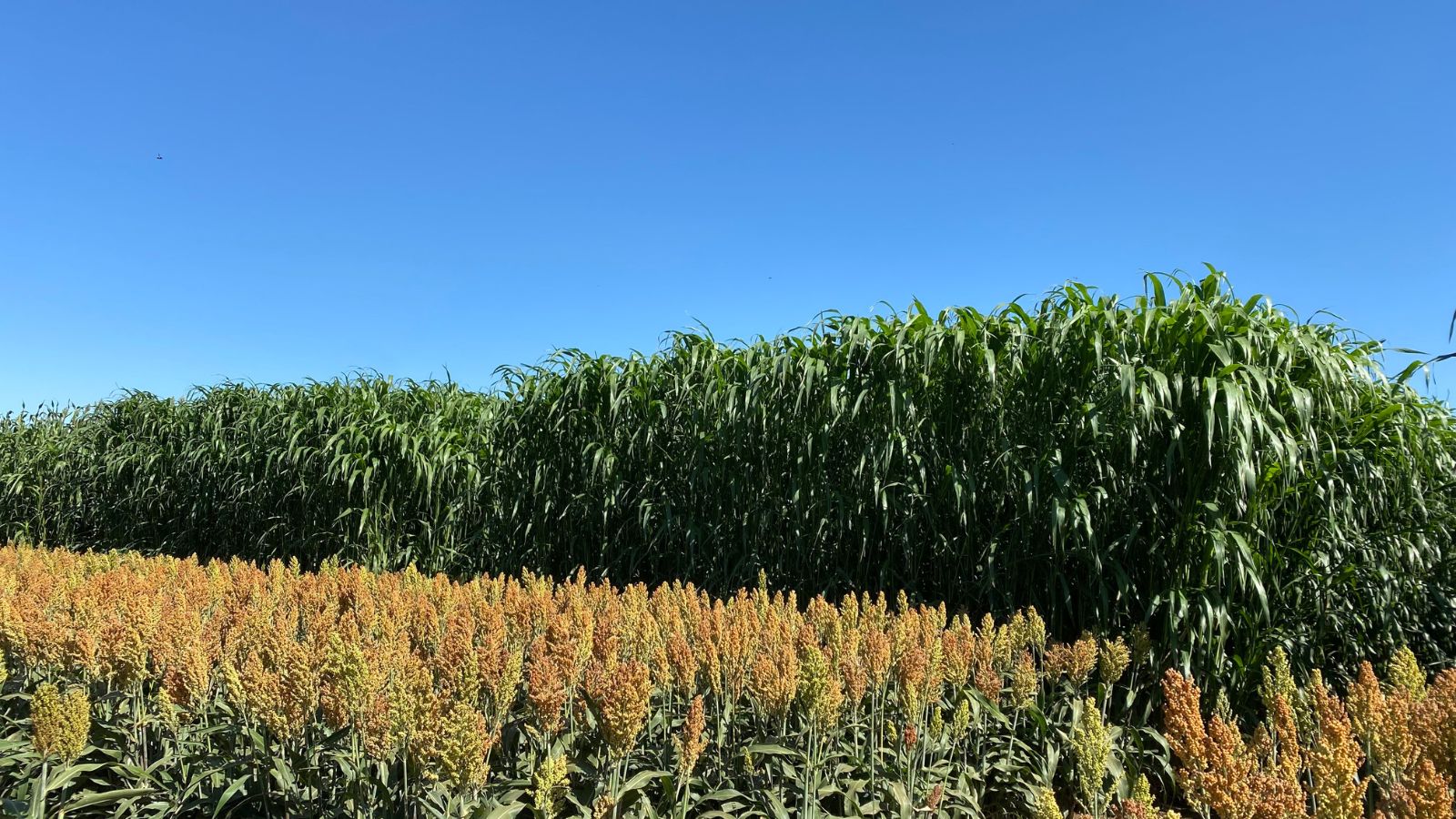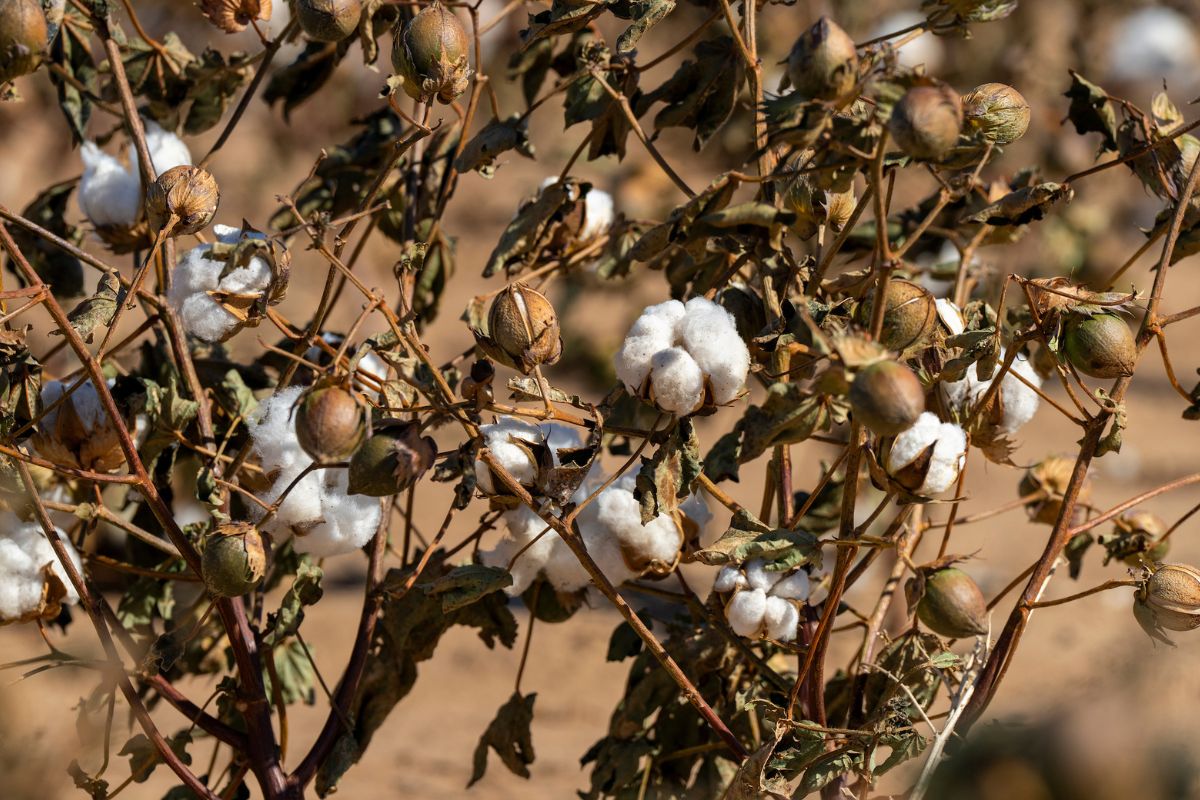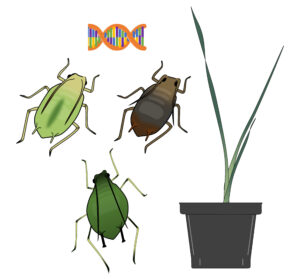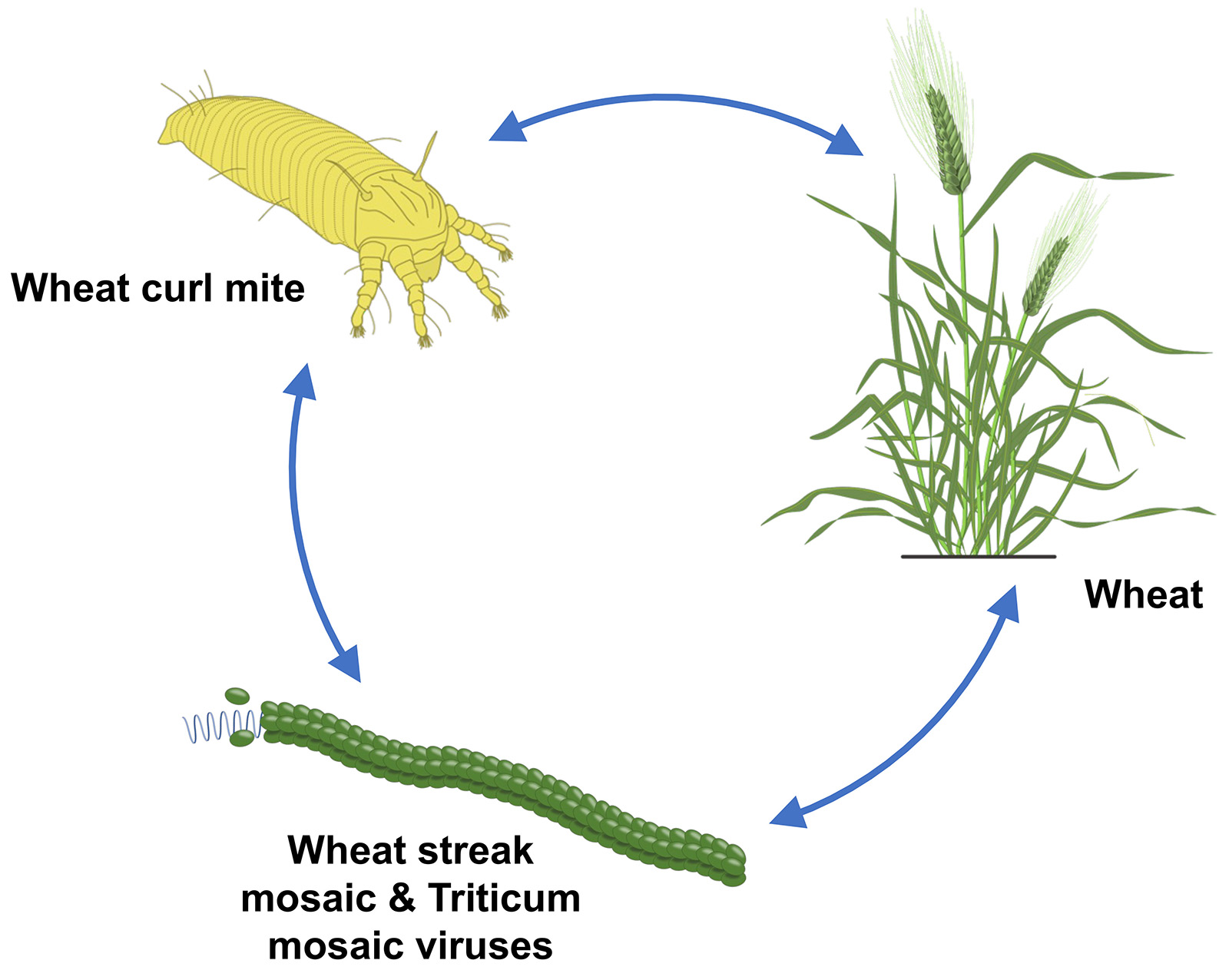Author: gabe.saldana
-
2019-2020 Texas A&M AgriLife Wheat Silage Trial, Dallam County
Results of foliage rapidly senescing and drying down at soft-dough stage, Dallam County
-
Dryland Crop Management Strategies During Prolonged Drought in the Texas High Plains
Integrated research from various sources in an easy-to-use guide that can help farmers manage their crop more efficiently.
-
Multi-year Corn and Sorghum Grain Yields
Years 2016-2023 Read and download the data sheet
-
Western Forage Production Guide
A Guide by the United Sorghum Checkoff Program Welcome to the United Sorghum Checkoff Program’s Western Forage Production Handbook. We have integrated research from various sources to produce an easy-to-use guide that can help farmers manage their crop more efficiently. Authors Mark A. Marsalis, Extension Agronomist, NMSU Agricultural Science Center at ClovisBrent Bean, Extension Agronomist,…
-
Bell Example 3
The objective of the Texas Panhandle replicated agronomic cotton evaluations (RACE Trials) is to provide producers regional, on-farm, and unbiased comparisons of top cotton varieties marketed for Panhandle cotton production systems.
-
Bell Example 2
The objective of the Texas Panhandle replicated agronomic cotton evaluations (RACE Trials) is to provide producers regional, on-farm, and unbiased comparisons of top cotton varieties marketed for Panhandle cotton production systems.
-
Role Of Candidate Genes In Aphid Virulence And Transmission
Cereal aphids (CA) and aphid-transmitted barley yellow dwarf virus (BYDV), the most destructive pandemic pathogen of monocots, cause an estimated annual economic loss of over $1 billion to staple food crops worldwide. Three predominant species in the cereal aphid complex are greenbug (Gb), bird cherry-oat aphid (BCOA) and English grain aphid (EGA). Our lab is collaborating…
-
Wheat Curl Mite-Transmitted Wheat Streak Mosaic And Triticum Mosaic Viruses
The wheat curl mite (WCM, Aceria tosichella, Keifer) is an eriophyid mite species complex of at least 29 different genetic lineages. Of which, Type 1 and Type 2 are economically significant as pests of bread wheat in Australia, Europe, North America, South America, and the Middle East, especially because of their ability to transmit a range…
-
Thrips-Transmitted Tomato Spotted Wilt Virus
Thrips-transmitted tomato spotted wilt virus is unquestionably one of the most devastating pest-disease complexes for growers in Texas and globally. Since the first report of the ‘spotted wilt’ disease of tomato published in 1915 in Australia, tomato spotted wilt virus (TSWV) has become a pandemic virus with an estimated economic impact over $1 billion annually.…






